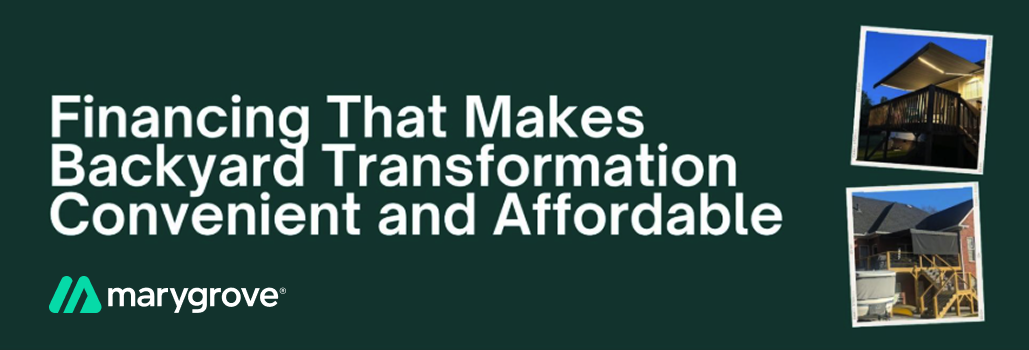Retractable awnings in 2025 range from $800 to $10,000+, depending on size, motorization, fabric, and features. Most homeowners spend $5,000–$8,500 fully installed. Costs rise with automation, smart tech, and weather protection, but smart shopping can stretch your budget further.
How Much Do Retractable Awnings Really Cost? [Quick-Start Breakdown]
- Manual awnings start at $800–$1,500 for basic shade with hand-crank operation, plastic components and vinyl fabrics. Plan on replacing every 3 years or so.
- Basic motorized options range $2,500–$6,000, adding push-button ease, better reinforced arms, and optional accessories that may or may not cost more. Within this price range, it is still smart to be wary of add-on hoods and vinyl fabrics that reduce the expected lifespan.
- Full cassette models ($5,000–$8,500) hide the entire system inside a weather-proof casing, extending its lifespan. These are normally fully equipped with LED Lights, adjustable pitches, and options like wind sensors and/or screens. Expect a significant jump in fabric quality (woven acrylic or polyester) and an expected lifespan of 12-15 years.
- Smart awnings ($5,500–$10,000+) offer voice control, automation, and sun tracking to reduce energy bills and boost resale value. These can come with the same higher-end fabrics and built-in upgrades, like LED lights.
- Commercial-grade awnings cover wide areas with branding and durability, starting around $5,500 and scaling up for custom builds. Many brands are European-based with much higher price tags. (10,000-15,000). You are mostly “paying” for the building and shipping overseas.
Retractable Awning Costs in 2025
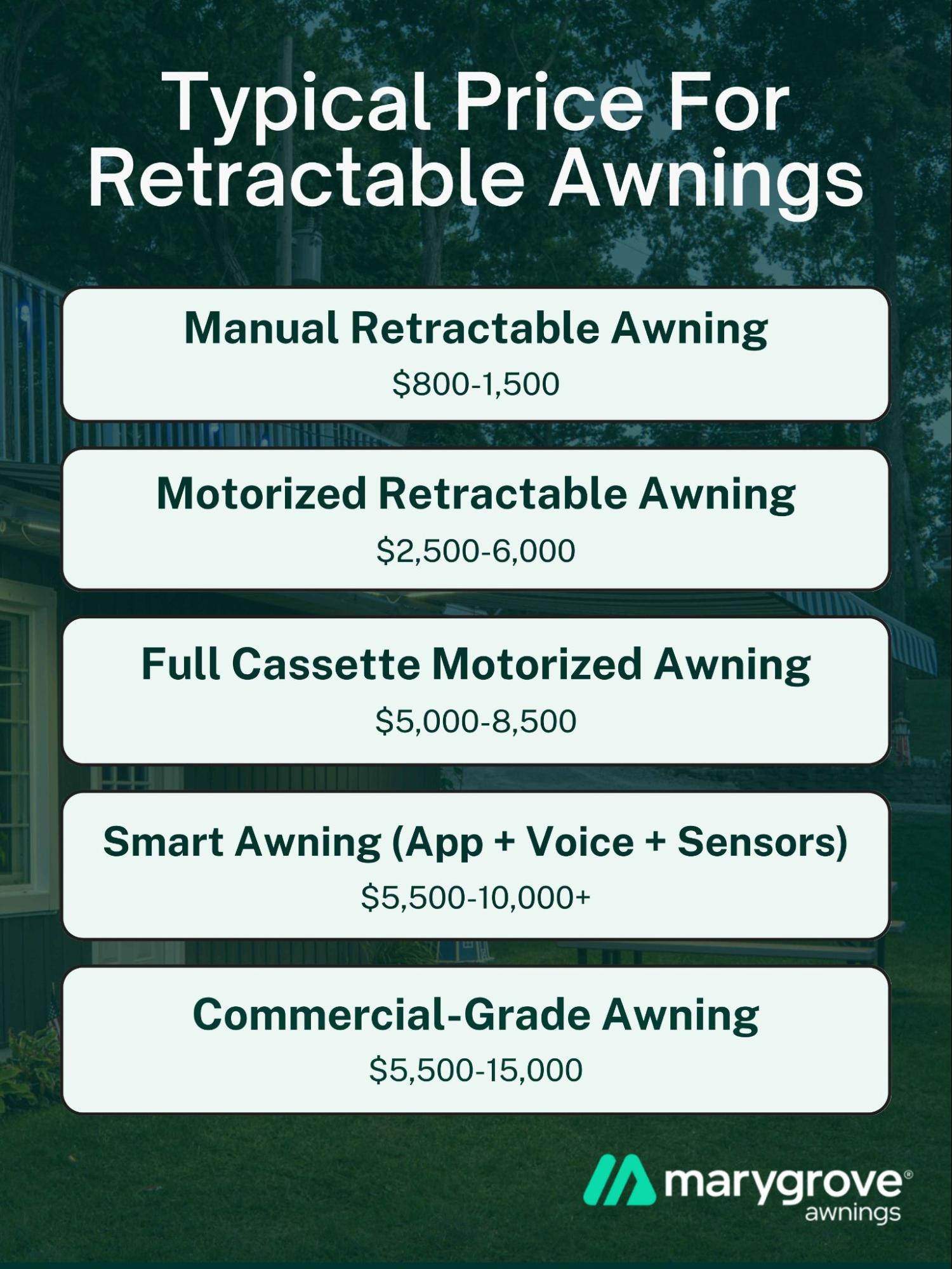
Whether you’re casually shopping or deep in renovation mode, it’s essential to understand how different awning types compare in terms of features and final pricing.
- Manual Retractable Awning: No motor, crank operation, basic fabric.
- Motorized Retractable Awning: Electric motor, remote, better fabric. May carry a warranty.
- Full Cassette Motorized: Full protection, premium fabric, smart upgrades, advanced accessories. Carries a warranty.
- Smart Awnings (App + Voice + Sensors): Weather-based automation, high-end motors, extended warranties, and built-in premium upgrades.
- Commercial Applications: Oversized, custom-built, commercial-grade components.
Most residential awning projects fall between $5,000 and $10,000 installed, depending on size, fabric, and smart features. If you got a quote for less than the above number, here are two potential reasons:
- Missing components, customized sizing, or unique fabric selection.
- A compromise in materials and fabrics, and a much shorter life expectancy on the system
Let’s break down what you’re really paying for.
1. Manual Retractable Awnings: Basic Shade at a Bargain
Simple, affordable, and operated by hand crank, manual awnings offer basic shade without bells and whistles, great for smaller spaces or occasional use.
They’re budget-friendly but come with limited functionality, no option for automation, and very limited warranties, if at all. Many of these models use cheap plastic fabric with a lifespan of around 3 years.
- Cost: $800–$1,500
- Best for: Small patios, balconies, side doors, or homeowners seeking the most affordable shade solution without electronics.
2. Motorized Retractable Awnings: Push-Button Comfort Made Easy
With the press of a button, or a swipe in an app, motorized awnings extend and retract effortlessly, blending everyday comfort with convenience.
These systems often support add-ons like wind sensors and timers, making them a good step up for most patios.
- Cost: $2,500–$6,000
- Best for: Medium to large patios, families who use their outdoor space frequently, and anyone looking for easy day-to-day operation.
One Big Note: Add-ons like full-protection hoods, higher-grade fabric, and other non-built-in features can significantly increase the price.
Helpful Resource -> Manual Vs. Motorized Retractable Awnings
3. Full Cassette Motorized Awnings: Durable, Sleek, and Weather-Proof
These awnings go one step further by enclosing the entire fabric and arms in a sleek metal cassette when retracted, keeping everything protected from sun, wind, and grime.
Ideal for homeowners in harsher climates or anyone looking to extend fabric lifespan.
- Cost: $5,000–$8,000
- Best for: Homeowners looking to invest in a true outdoor extension of their home. Those who want clean aesthetics, weatherproof durability, and long-term protection for high-use spaces like outdoor kitchens, reading nooks, or entertainment zones.
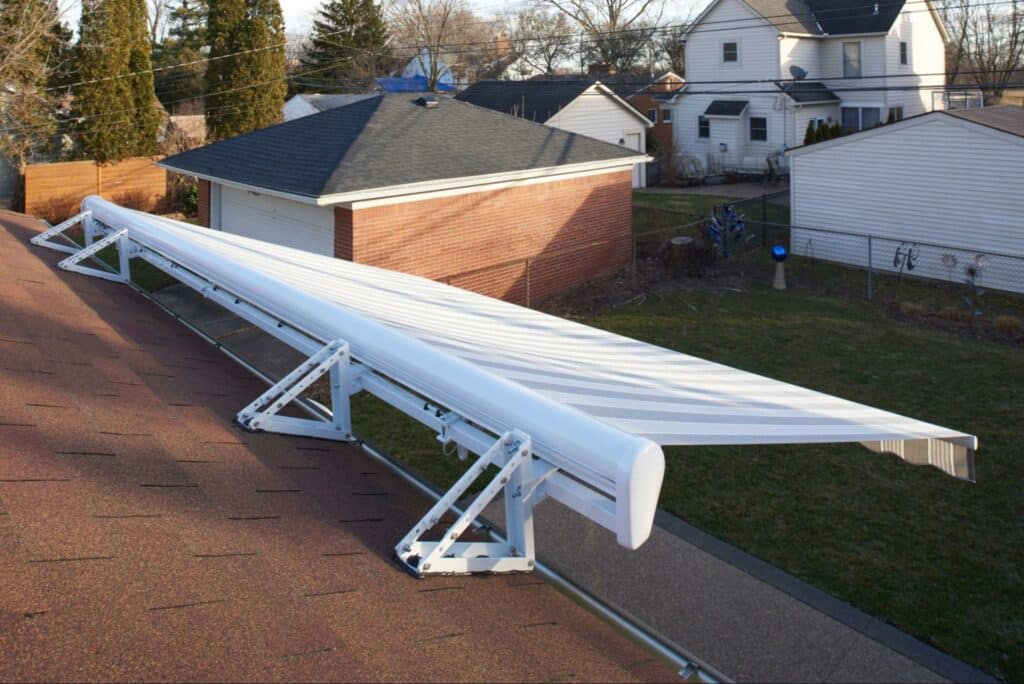
4. Smart Awnings: Fully Automated, Always in Sync
Smart awnings connect with your home’s ecosystem, responding to sunlight, wind forecasts, or voice commands through Alexa, Google Home, or a mobile app.
These high-tech systems don’t just offer luxury, they’re an energy-efficient upgrade that adds resale value, too.
- Cost: $5,500–$10,000+
- Best for: Smart-home users, energy-conscious homeowners, and anyone who wants true automation with long-term ROI.
5. Commercial Awnings: Built for Scale and Strength
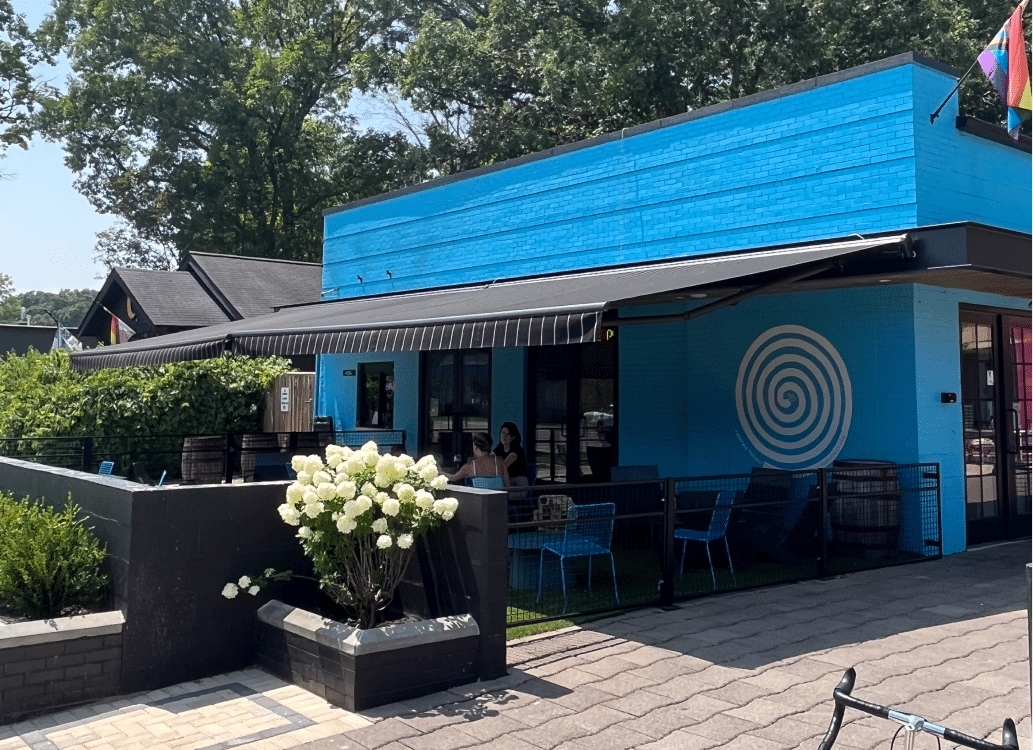
Designed to span larger spaces and withstand constant use, commercial-grade awnings are often custom-built with heavy-duty arms, branding options, and enhanced wind ratings.
From cafés to condominiums, they’re engineered for function and visibility.
- Cost: $5,500–$10,000+
- Best for: Restaurants, shops, public buildings, and multi-unit properties needing durable, branded, high-traffic shade systems.
No two awnings are built, or priced, the same.
Once you understand what each type offers, the next step is figuring out why the price tags vary so widely.
Because when it comes to retractable awnings, the difference between $500 and $10,000 isn’t just dollars, it’s everything that goes into the design, durability, and day-to-day experience. An awning from a trusted brand may also help with the permit process.
Why Some Awnings Cost $500, and Others $10,000

At first glance, the price gap between a $500 retractable awning and a $10,000 setup feels like a joke, until you understand what’s behind the curtain (literally and structurally).
It’s not just about shade. It’s about what supports it, how long it lasts, and how it fits into your life.
1. Size Isn’t Just About Square Footage
A 10-foot awning isn’t simply half the cost of a 20-foot version.
Larger awnings require reinforced lateral arms, beefier motors, and custom brackets to stay safe and functional. You’re not paying for more fabric, you’re paying for structural integrity that lasts.
2. Mounting Style Impacts Labor and Parts
Wall-mounted models are generally simpler and cheaper to install.
Those require special brackets, longer lead times, and often structural reinforcement, especially on older homes. That adds both labor and material costs.
3. Motorized Components Make a Big Difference
Entry-level manual awnings keep things simple (and budget-friendly), but they require physical effort and are more limited in size and adjustability.
Once you add a motor, especially something like Somfy’s whisper-quiet smart drive systems, you’re stepping into a whole new class.
These systems are quieter, stronger, and often compatible with home automation platforms.
4. Fabric Isn’t Just Aesthetic, It’s an Investment
Generic polyester might save you a few hundred bucks upfront, but it’ll fade, fray, and fail within a couple seasons. Many of these “budget” fabrics use surface-level dyes, where color sits on the outside like a radish—bright today, bleached tomorrow.
Marygrove uses high-performance fabrics where color is infused throughout every thread, like a carrot. That means deep, rich color that won’t fade, even after years of sun, wind, and rain. These UV- and mildew-resistant textiles look better, last 2–3x longer, and save you from having to replace a cracked vinyl or chalky plastic cover in a few short years.
If you’re attaching something to your home, make it count. A premium fabric awning should feel like an upgrade, not a ticking time bomb.
5. Sensors and Automation Add Smart Value
From wind sensors that automatically retract your awning during a storm to app-controlled timers that respond to the sun, smart features add both comfort and protection, and they add cost, too.
But for many homeowners, the peace of mind is worth every penny.
6. Brand and Build Quality Aren’t Just for Show
A $800 big-box awning often comes with vague warranties and limited support from companies overseas.
Brands that manufacture in-house, like Marygrove, offer better components, faster installs, and service that shows up when needed.
Some premium brands charge for the name. Others, like us, charge for the support that backs it.
In short, the jump in cost reflects a leap in longevity, performance, and confidence. One is a temporary fix.
The other becomes part of your home’s ecosystem.
What Most Cost Breakdowns Won’t Tell You
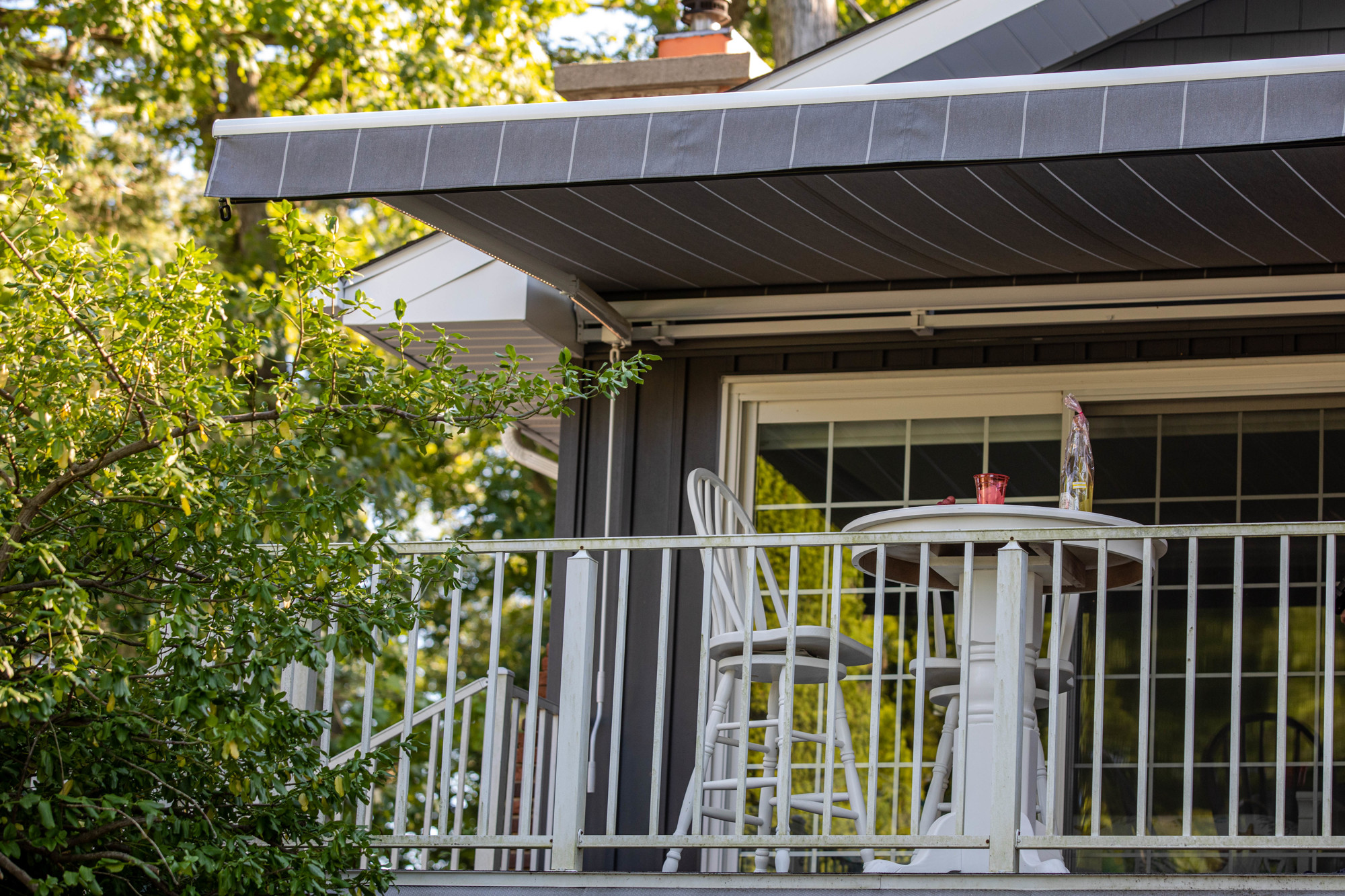
There’s a reason retractable awning prices feel confusing, the sticker price often hides what really drives the final number. That “great deal” may not include professional installation, reliable motor components, or even customer service after the sale.
If you’ve seen quotes that seem “too good to be true,” here are two big red flags.
- Weak warranties
- Cheap fabric
Many budget awnings come with minimal or no warranty at all. When parts fail or fabric fades in year two, you’re on the hook. And if that low-cost fabric isn’t solution-dyed, expect it to bleach out quickly and need replacing, turning your “deal” into a do-over.
A lower sticker price up front often means higher costs later. Always ask: what’s included, who installs it, and how long is it truly built to last?
1. Installation Fees Aren’t Always Included
Most pricing you’ll see online doesn’t factor in professional installation, which typically ranges from $800 to $2,000 depending on the size of the awning and the complexity of your setup.
That’s not just labor, it’s about safety, stability, and knowing your awning is mounted to code.
2. Your Wall Type Might Require Reinforcement
Homes with stucco, brick, or older siding often need custom reinforcements to safely support the weight and tension of a retractable system.
That can add another $200–$600 to your total cost, depending on the materials and labor needed.
3. DIY Kits Don’t Tell the Whole Story
That $1200 retractable awning kit online? It might sound like a steal, until you open the box and realize what’s missing.
Most low-cost kits don’t include thorough instructions, the required hardware to mount, or any electrical wiring guidance. And they certainly don’t offer support if you hit a problem mid-install.
4. DIY Done Wrong Is a Costly Mistake
We’ve had more than a few calls from frustrated DIYers dealing with cracked siding, sagging arms, or worse, units that pull right out of the wall during the first gusty day.
Even experienced homeowners are surprised at how complex these installs get when you factor in pitch angle, bracket placement, and structural load.
Unless you’re trained, well-equipped, and not afraid of ladders or power drills, DIY can end up costing more in repairs than you saved on install fees.
That’s the thing about awning pricing, what you don’t see upfront can end up being the most expensive part. But once you know where costs hide, you’re better equipped to shop smart.
And that’s where the real wins begin, because there are plenty of ways to save without cutting corners.
7 Smart Ways to Save on Retractable Awnings Without Sacrificing Quality!
If you’re looking for the sweet spot between budget and build quality, you’re not alone.
The good news?
There are smart, strategic ways to cut costs on a retractable awning, without ending up with something flimsy or short-lived.
1. Choose Inventoried Sizes
Custom dimensions sound luxurious, but they come with long lead times and hefty markups.
Marygrove’s inventoried size approach means we can install faster and pass savings directly to you, no waiting on offshore production or last-minute size adjustments.
Plus, they’re engineered to fit the majority of common outdoor layouts.
2. Time Your Purchase Around Seasonal Promos
The best deals often roll out during spring and fall, when homeowners are either prepping for patio season or wrapping up summer upgrades.
Premium awning suppliers frequently offer % off discounts or bundled upgrade packages during these windows.
3. Ask About Financing, It’s Often Better Than You Think
Premium doesn’t have to mean painful.
With 0% APR financing if you pay in full within 12 months, many buyers can afford smart motorized systems that might otherwise feel out of reach.
Stretching payments over time without paying interest? That’s real savings, especially if it avoids the cost of replacing a cheap unit in a few years.
4. Bundle and Save
Thinking of covering multiple windows, doors, or a patio and a deck?
Bundling two or more awnings often unlocks deeper discounts from service-backed installers. The cost per unit drops, and you get one seamless install, one warranty, one team.
5. Focus on What Matters: Protection, Not Flash
Skip the built-in speakers and novelty lighting. Instead, invest in a full cassette (for fabric longevity) and wind sensors (to avoid storm damage).
These features may cost a bit more upfront, but they pay off tenfold in lifespan and protection.
6. Lean Into Regional Fabric Trends
One overlooked strategy: ask your installer what fabrics hold up best in your climate.
Different regions face different challenges, intense sun, heavy rain, humidity, or high winds, so choosing a fabric proven to perform well locally can extend the life and look of your awning.
7. Ask for Past Install Photos
Reputable installers should have no problem showing you real-world examples of similar setups.
Not only does this confirm their experience, but it helps avoid “surprise” installs that don’t match your home’s architecture or finish.
These strategies aren’t just about trimming the price, they’re about making smarter choices that stretch your dollars further.
But the biggest savings often come after the install.
When done right, a quality awning can pay you back in lower energy bills, fewer replacements, and real value added to your home.
The Real ROI: Why Paying More For Retractable Awnings Now Saves Later!
A retractable awning isn’t just shade, it’s a long-term investment in comfort, energy savings, and home value.
Done right, it pays you back season after season.
1. Lower Cooling Bills, Naturally
A well-placed awning can drop indoor temps by up to 20°F, cutting A/C use and saving 20–30% on cooling costs, especially on sun-exposed patios.
It’s not just comfort; it’s control over rising energy bills.
2. Durability That Pays Dividends
Budget awnings often fail in 2–4 years from fabric wear or frame issues.
Premium systems can last 10–15 years with proper install, saving you from repeat replacements and repairs.
3. Added Resale Value with Smart Features
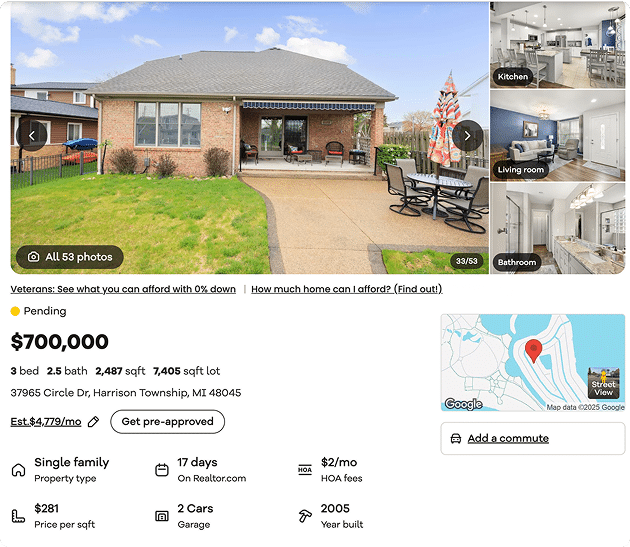
App control, sensors, and voice activation boost not only ease of use but resale appeal. Today’s buyers value smart, energy-efficient upgrades, especially in outdoor living spaces.
4. Quality of Life You Can’t Put a Price On
More shade means more usable space.
Whether it’s breakfast at sunrise or wine at sunset, a reliable awning makes your patio feel like part of your home, cool, convenient, and low-maintenance.
Paying for quality today, saves you more later, in bills, in upkeep, and in daily comfort.
Final Thought: Your Awning Should Be an Upgrade, Not a Gamble
A retractable awning should add comfort, not complications.
While low-cost options may seem appealing, they often lead to costly repairs or early replacements. Prioritize features that protect your investment, like wind sensors, smart automation, and durable fabrics.
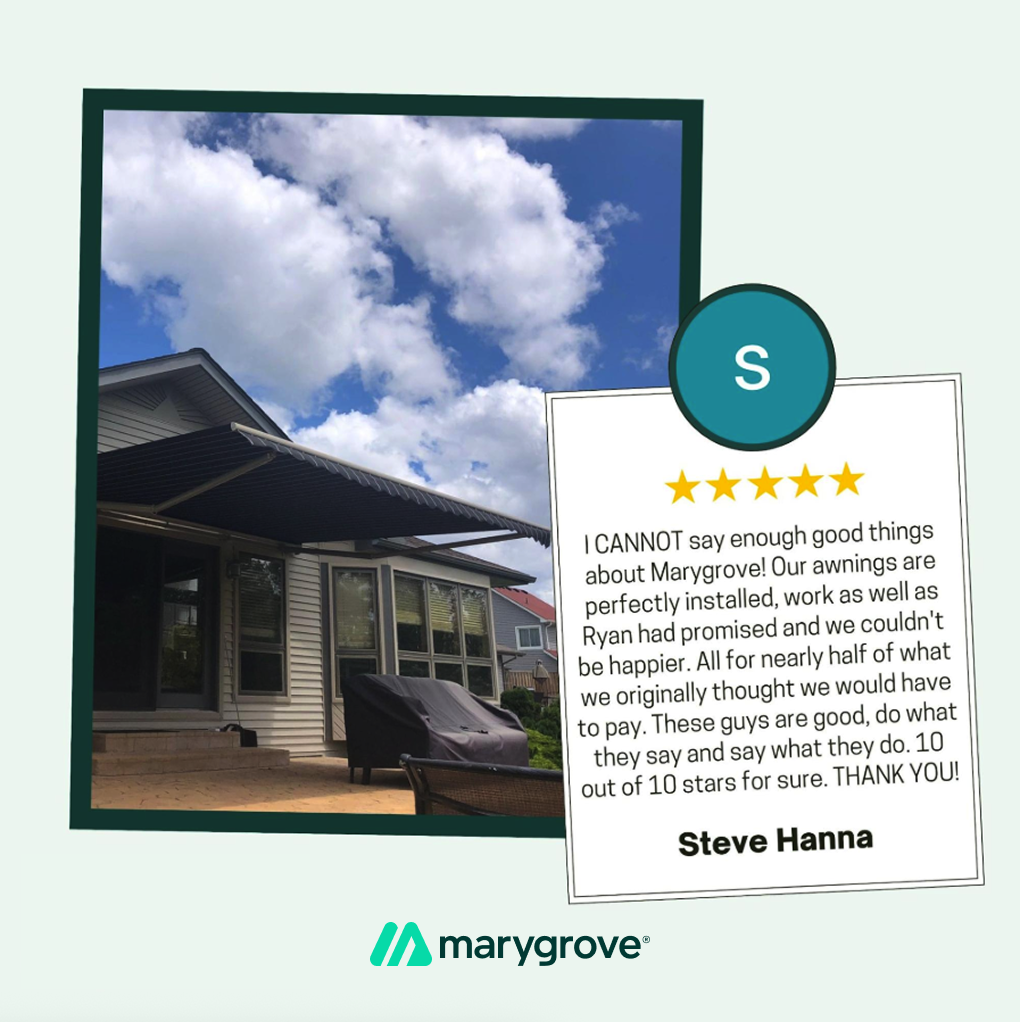
Don’t overlook what really matters: a solid warranty, professional installation, and responsive service.
The right awning isn’t just a sunshade, it’s a long-term comfort upgrade that pays for itself in energy savings, extended outdoor living, and peace of mind.
Ready to invest in shade that lasts?
Explore our awning collections or see what real homeowners say about the results.

